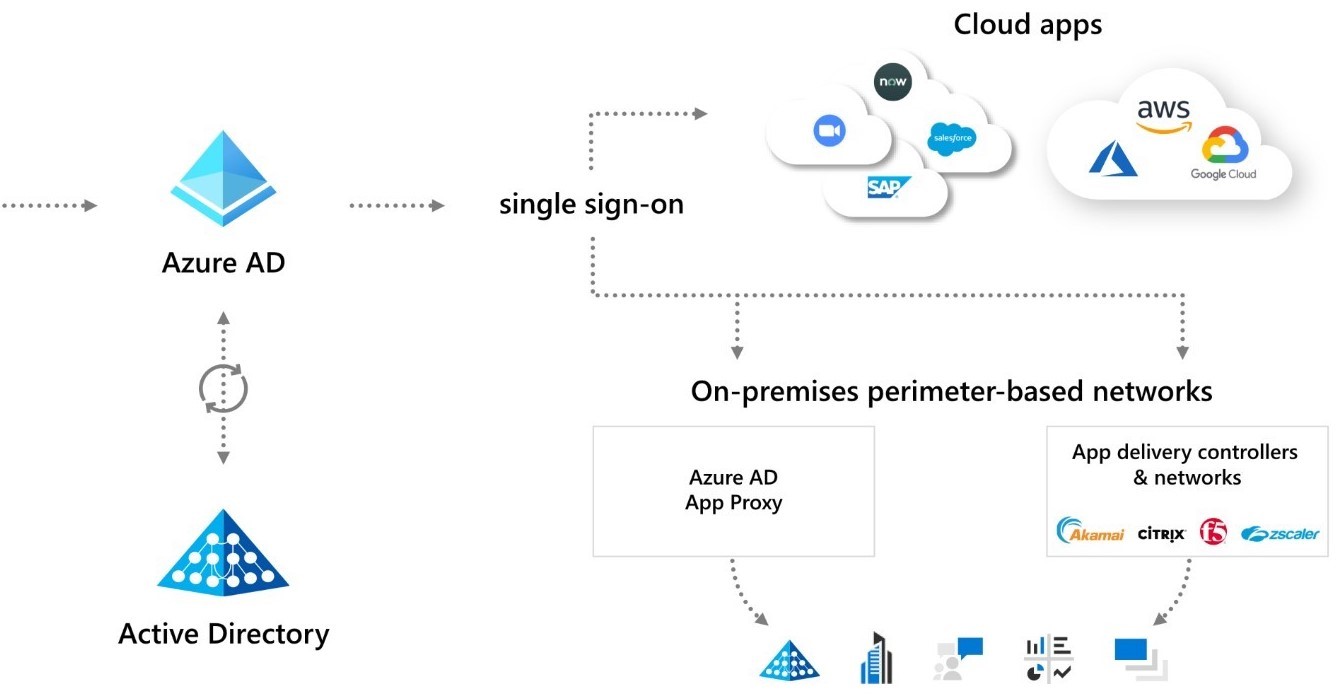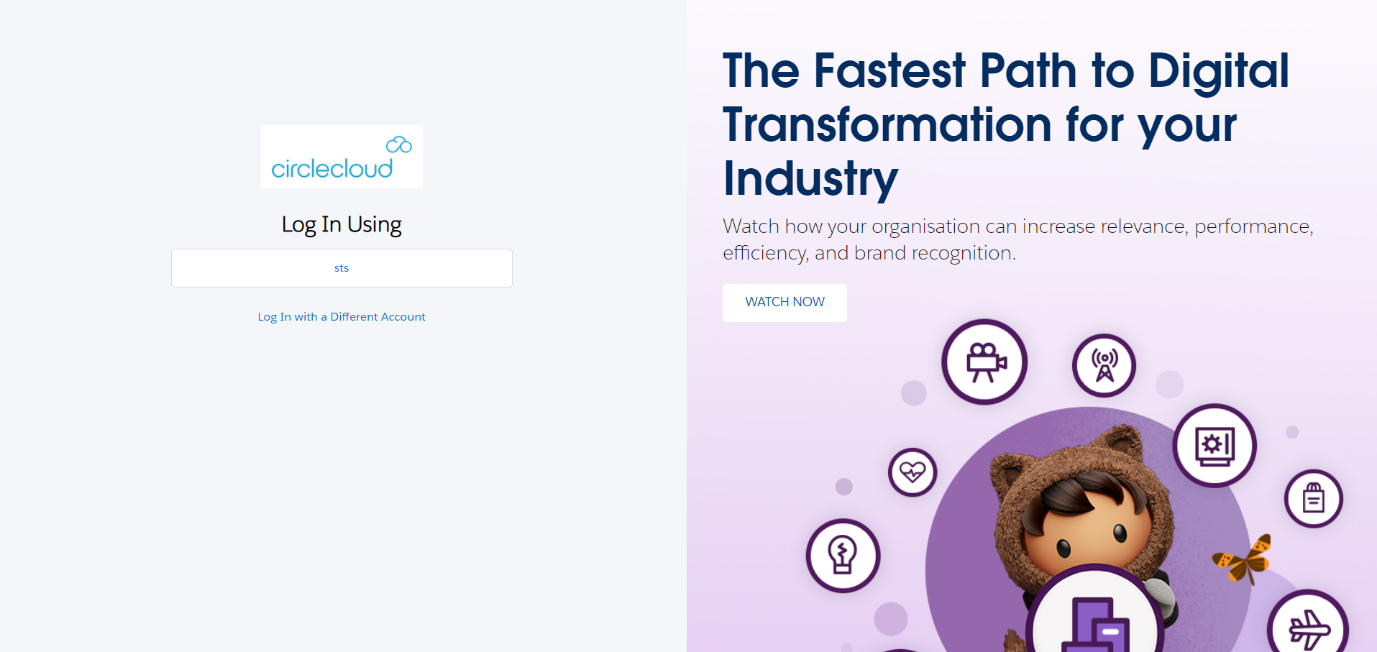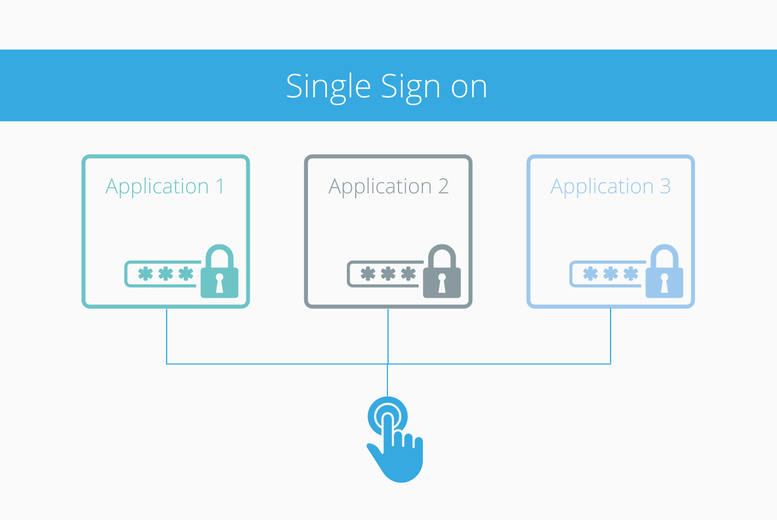Please take a moment to consider the following question:
“How many different platforms and services do you use as a business?”
It is likely that all of these need a username and password to login with. With what seems to be an ever-increasing number of business platforms and services, users are left to either try and remember them all, or (much worse) use the same one for everything! As a user, it sometimes feels like our life is spent trying to remember passwords or counting on our fingers the character number we’re being asked for.
But the issue of multiple passwords isn’t just a problem for IT users. An IT Director I spoke to a couple of weeks ago said he dreaded users coming and going from the business. Leavers and new starters to him meant several hours of work trying to make sure that their profile had been updated or deleted from all the different platforms and SaaS applications they used. The thing is, he’s not alone in this, nor does this scenario only pose a resource problem. Wondering whether old employees still have access to live business systems is a worry for IT Managers and Directors around the world.
So, with the above in mind, allow me to ask you these 2 simple questions:
- As a user, wouldn’t it be great if you could access all your company applications with a single log in?
- As an IT Manager, wouldn’t it be great if you could control and manage all user logins from a single platform, adding and revoking access centrally?
Time to introduce one of the most time saving and compliance assuring elements of the Microsoft 365 platform…...
Single Sign-On (SSO)
Single sign-on (SSO) adds security and convenience when your users sign-on to applications in Azure Active Directory. With single sign-on, a user doesn't have to sign into every application they use. The user logs in once and that credential is used for other apps too.
SSO provides a giant leap forward in how users sign in and use applications. SSO based authentication systems are often called "modern authentication". Modern authentication and single sign-on fall into a category of computing called Identity and Access Management (IAM). This diagram shows a typical example of how Single sign-on allows you to consolidate and secure access to all apps, whether they’re on premises or in the cloud.

With Single Sign On– all company applications, web apps or premise services can be accessed by the user via their normal 365 credentials. The screenshot below shows an application example. This shows the login for our company Salesforce login screen. Rather than having a separate login, the user simply uses their 365 logins to access.

You can set SSO up so that when a user logs in to 365, all other applications sitting behind it can be accessed without having to log in again.
Implemented correctly, SSO can be great for productivity, IT monitoring and management, and security control. With one security token (a username and password pair), you can enable and disable user access to multiple systems, platforms, apps and other resources. You also reduce the risk of lost, forgotten, or weak passwords.
A well thought out and well executed SSO strategy can eliminate password-related reset costs and downtime, mitigate the risk of insider threats, improve user experience and authentication processes, and put the organization firmly in control of user access.
This is where Circle Cloud can help – speak to us today about how best to incorporate SSO and several other Microsoft security and compliance solutions into your IT security, user control and management policies.
What Next?
Single Sign On is just one of the many great features in the Office 365 product suite. Click Here to see what else other interesting security features are available.
If you're interested in finding out how Single Sign on fits into Circle Cloud's Managed Service Plans, Click Here.













